Gabriela Hearst Costumes World Premiere of Female-first ‘Carmen’ at San Francisco Ballet
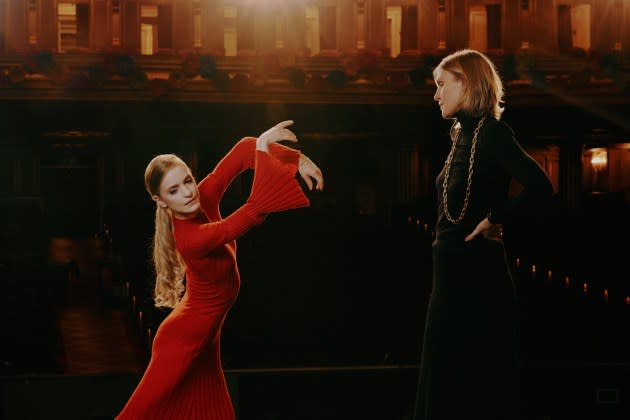
Onstage during Arielle Smith’s fabulous new, female-first vision of the classic “Carmen,” which had its world premiere at the San Francisco Ballet Thursday night, the titular character wields a fiery red apron like a tool of manipulation — using it to tug at, toy with, and take control of her lovers.
This is not Carmen the lusty tragic figure; this is Carmen the badass boss of her domestic sphere — a survivor — clad in Gabriela Hearst.
More from WWD
Kelly Rowland Puts Edgy Twist on Statement Suiting With Studded Ashton Michael Metallic Bra Top
Thom Browne Hosts Dinner at Mr. Chow to Celebrate Saks Beverly Hills Women's Collaboration
At 27, the Cuban-born Smith is a rising star, one of the youngest ever to receive the Olivier Award for Outstanding Achievement in Dance. Her reframing of the familiar Bizet opera-turned-ballet is set in Cuba, not Spain, and told through the eyes of Carmen herself, with costumes by the Uruguayan-American fashion designer Hearst, whose collections are often inspired by artistic female heroines.
No heaving bosoms, ruffles or lingerie here: the dancers wear ribbed merino wool pieces in vibrant red, sunflower yellow and black, sensual and sustainable, showcasing every toned muscle, tendon and curve.

“It’s always been a dream of mine to do ballet costumes..and it’s a Latin production,” Hearst said during a dress rehearsal Wednesday, adding that she studied dance as a child, “until my mom didn’t want to drive me anymore.”
Hearst’s costumes are not costumey, but modern, everyday, body-conscious looks ranging from androgynous flared pants and slightly cropped tops for the background dancers, to a knit trenchcoat and “husband beater” for lover José, to the dramatic red dress with fluted sleeves and matching apron that is central to Carmen’s story line.
The new production is the culmination of a collaboration between Latina and Hispanic female artistic forces led by Tamara Rojo, the Madrid-raised director of the San Francisco Ballet, who has been instrumental in bringing more women’s stories and storytellers to the dance stage.

“The hyper-sexualization of Carmen is uncalled-for…that’s not the issue but it’s used to justify the ending, the jealousy and the vengeance,” said Rojo, who commissioned the new “Carmen” from the London-based Smith, working with writer Lucinda Coxon. “It was the independence she was fighting for that caused her death.”
Based on Georges Bizet’s opera, the ballet is usually told as a narrative about the downfall of Don José, seduced by the heroic, free-spirited Carmen but driven by jealous rage to kill her.
“She’s seen mostly through a male gaze and is this unbelievable character they say uses her sexuality to get something, but then she doesn’t actually get anything and ends up dying….I don’t find it empowering at all,” the choreographer said. “We wanted to tell it through her eyes.”
Here, Carmen rules over a domestic sphere, a family restaurant, navigating relationships with lovers who are both men and women in this version premiering appropriately in San Francisco, a city that was at the center of the free love phenomenon and the LBGTQ+ rights movement.
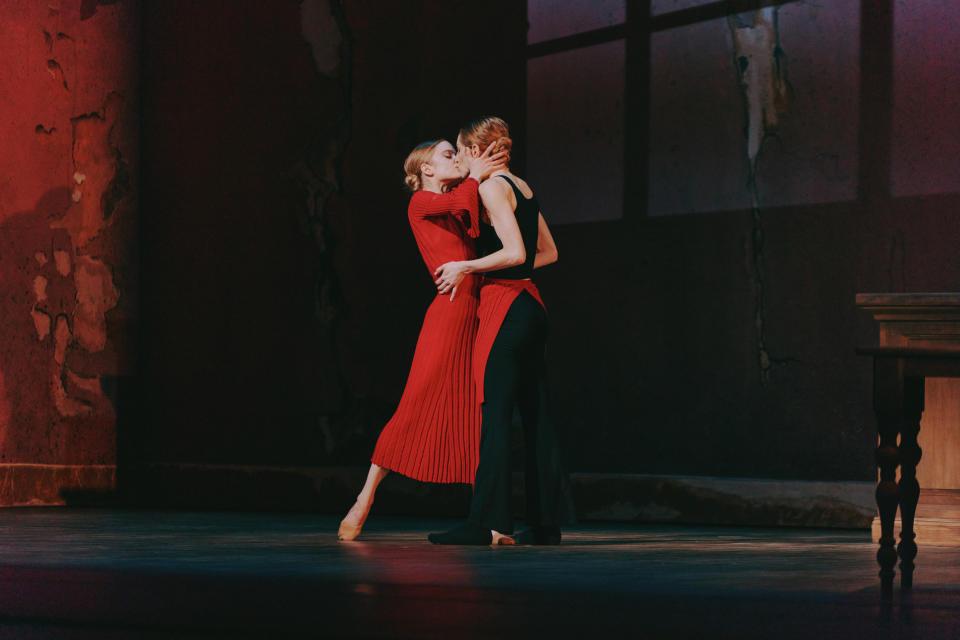
“She’s manipulative, she can be a little bit of a bitch, but that’s OK. The tagline is the right for a woman to be selfish, because often women sacrifice in so many phases of their life. And at the end, she might lose her relationships and all these things, but she can start again and that can be interesting. Femicide is not super interesting anymore. We don’t need to kill women for it to be an interesting story,” said Smith of flipping the story’s gender politics.
“Ballets in general are so heteronormative,” she continued. “Even the women in the rehearsal, they were totally up for it but had never played against another woman in a romantic role…I’m really excited to bring it to this audience because this city embraces it as well.”
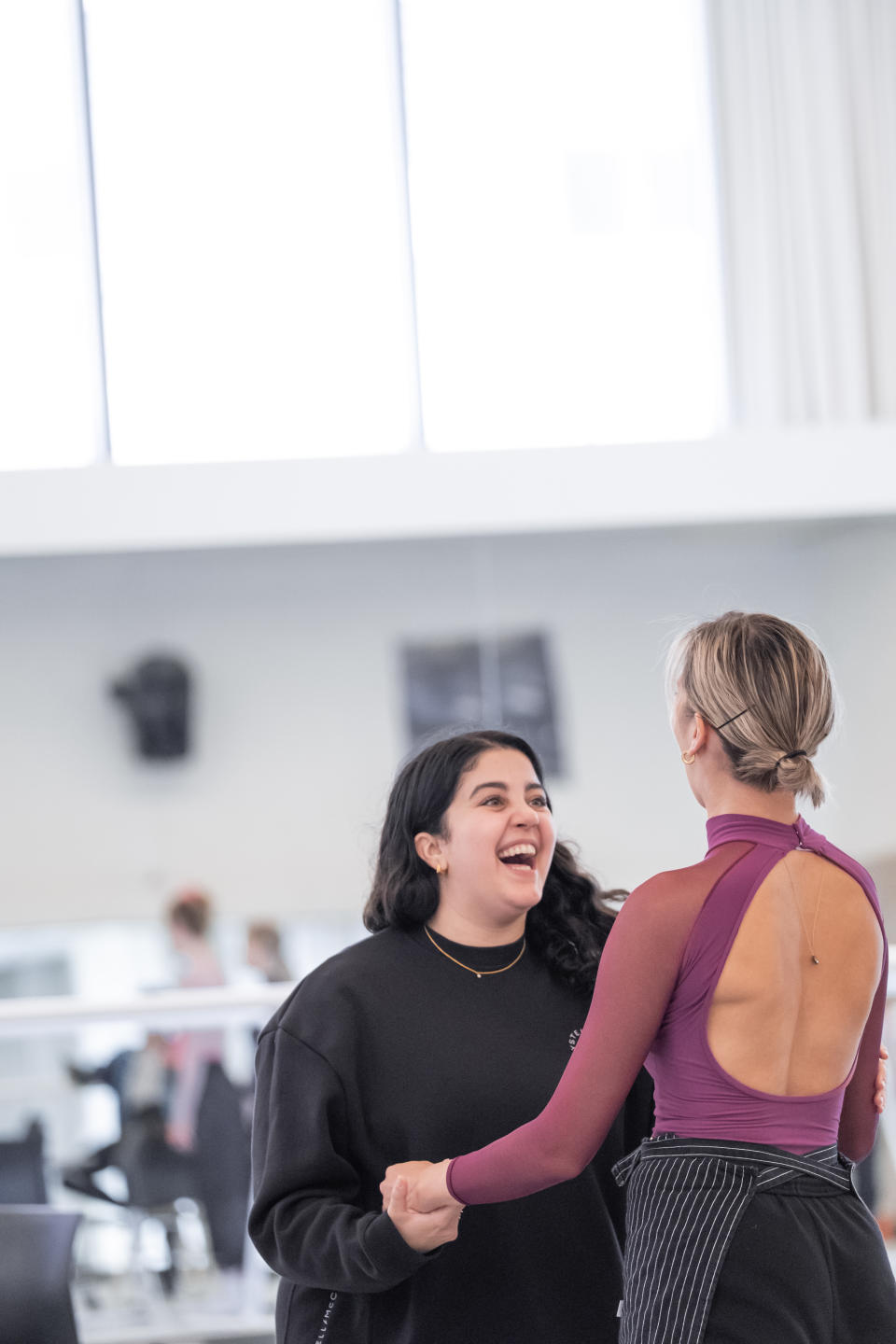
Carmen loves on her own terms, fighting off José’s threats of sexual violence and death to survive.
“I wanted to — for lack of a better phrase — f-k it up a bit. It’s like we’re in a ballet world, let’s tear up the walls, open the space and bring in silhouettes of these women like Carmens that have been before and they kind of hold each other at the end,” Smith said. “The last minute was really important that we show an image of women supporting women rather than the narrative of women hating women, or hating her because she’s a sex symbol. She’s a human being and she’s flawed but we hold her through it.”
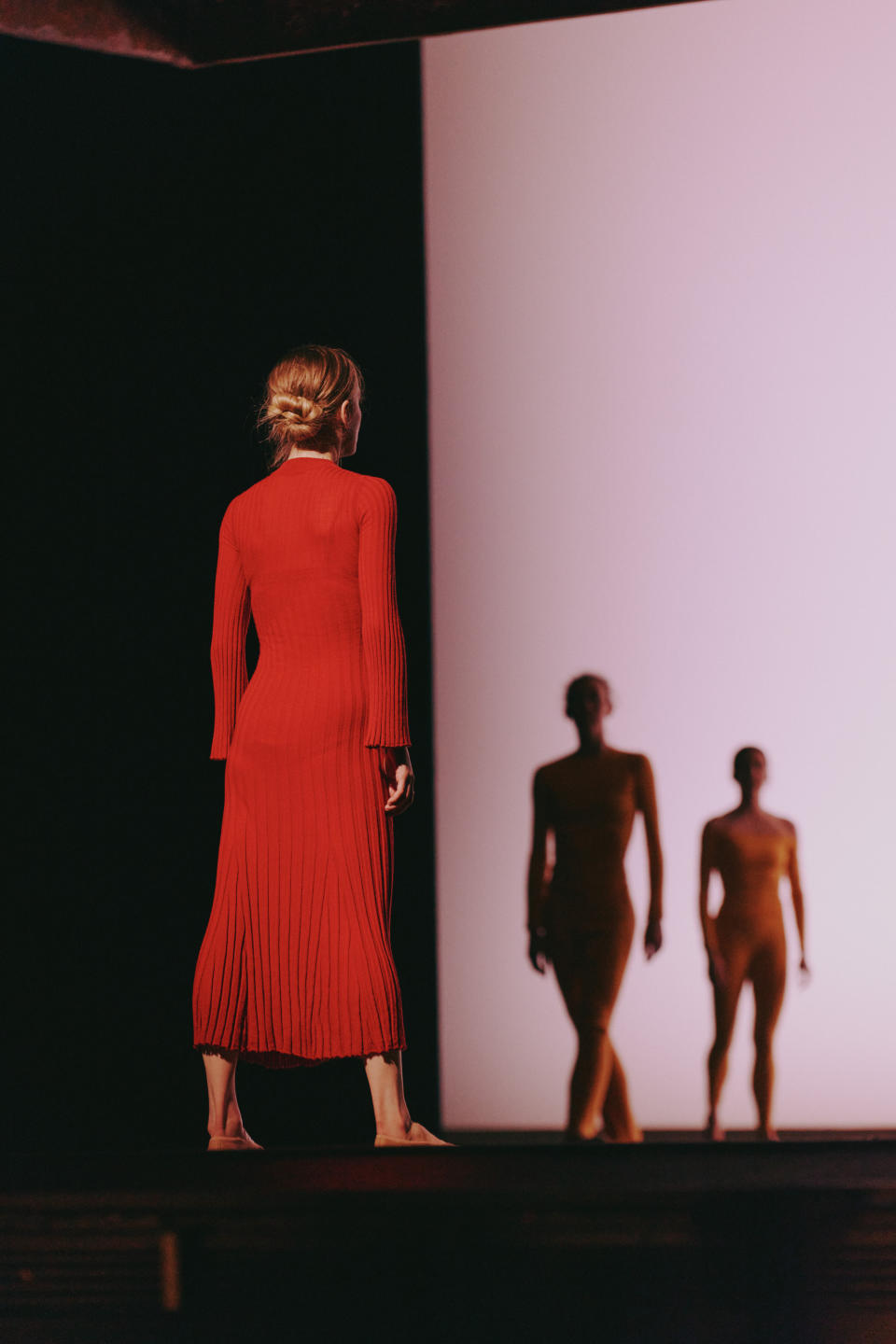
Rojo suggested that Smith and Hearst meet, and they bonded immediately, working together over a year on the costumes, which could inspire a future fashion capsule collection, the designer said.
“Sometimes I’d go see a ballet and the costumes just distract me,” Hearst said during a joint interview with Smith. “When you said you wanted the clothes to feel normal…and that you resonated with the colors I thought were very Latin but not a caricature, I was so excited. The other thing was people always ask me what is the most sustainable fiber you can use? And it’s wool, and merino is one of the thinnest wools there is in the world, and high performance so I think that was also exciting to do all the costumes knitted.”
Hearst’s radical suggestion of wool didn’t faze Smith.
“One of my jobs when I was training as a dancer was working in a shop that sold base layers for skiing in merino, so I knew that was going to work,” she said.
“And no sweat stains!” Hearst laughed. “I’m so used to working with a product, a boot, a sweater, and I’ve dressed athletes before, but doing the fittings with the dancers, seeing these humans so aware of everything in their body, every moment, always stretching was so inspirational,” she said.
“And I could just put on heels and go out to dinner,” said principal designer Sasha De Sola of her red Carmen dress, posing with Hearst on WWD’s cover.
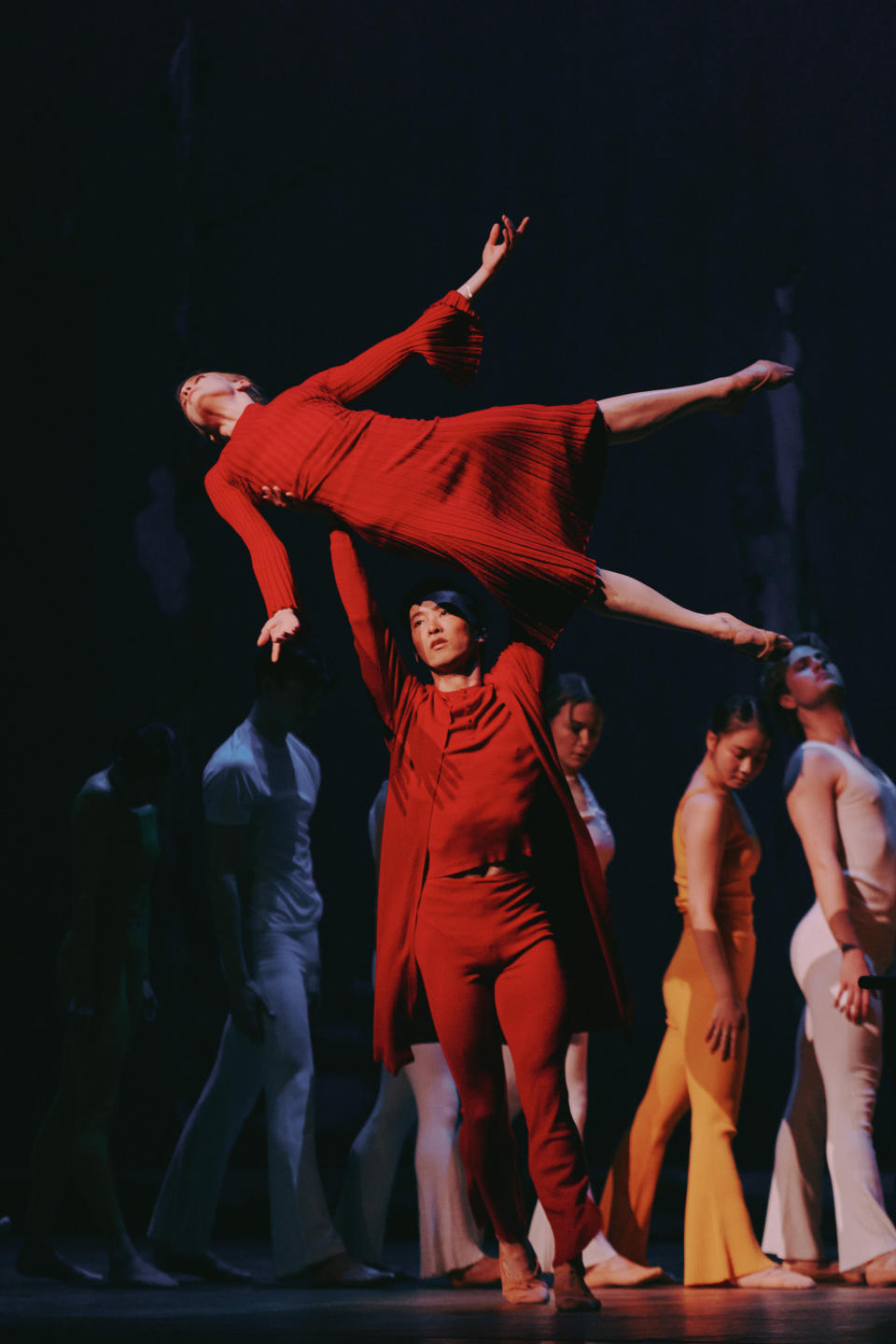
Smith’s retelling of the classic story also captured the designer’s imagination.
“The bias and constraint of under-appreciation in culture is so systematic that women always end up feeling less than. So having ballet which is such a historical and cultural needle to say things are shifting is so important,” said Hearst. “I’m so in awe of Arielle, and her chronological age must be a mistake,” she laughed. “It makes you hopeful.”
“Dos Mujeres,” including the world premiere of “Carmen” choreographed by Arielle Smith, and the San Francisco Ballet premiere of “Broken Wings” choreographed by Annabelle Lopez Ochoa, runs through April 14.
Launch Gallery: Gabriela Hearst Designs Costumes for Arielle Smith’s “Carmen” at the San Francisco Ballet
Best of WWD
